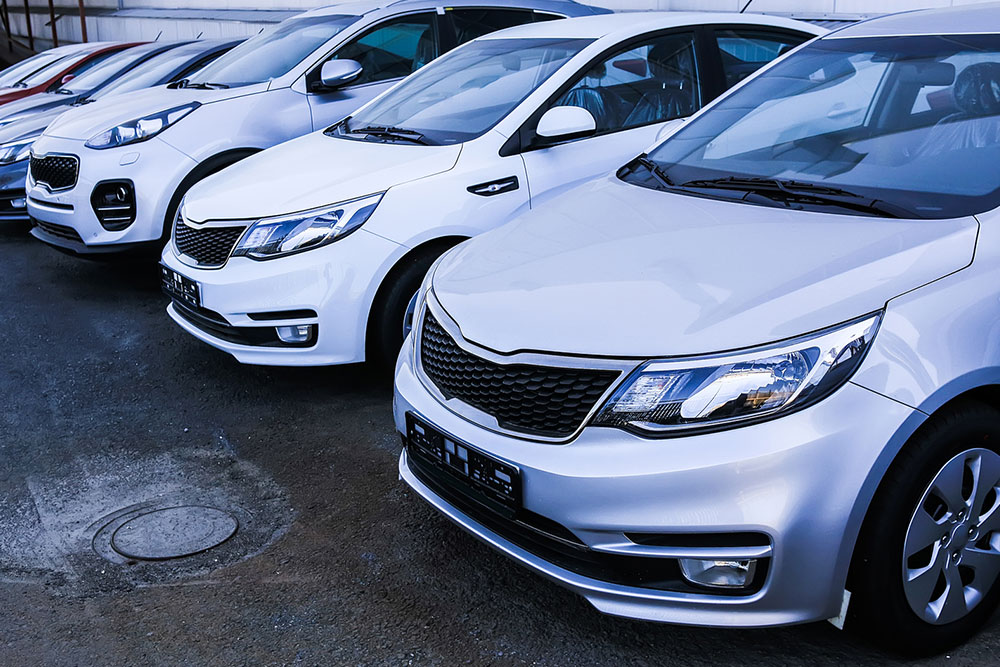4 tips for buying bank-owned cars

Financial institutions, like banks, can repossess vehicles if owners miss payments on loans they took to buy the vehicles. These seized cars are then sold at incredible discounts, and one can participate in bank-repossessed and owned car auctions to save money on these vehicles. However, buying a repossessed car can be a good deal when one understands the process. So here are four tips for buying a bank-owned car on sale:
1. Look for reliable auction sources
The first step toward finding a repossessed car on sale is to look up reliable car auctions. One could check local newspapers, contact banks, or search online for auction announcements. Another way to find a repossessed vehicle is to look for a trusted auction website, where one can register and bid on various vehicles without breaking a sweat.
2. Inspect the car
If one is attending a vehicle auction for the first time, they should consider hiring a professional or asking a friend or neighbor to help assess the condition of the vehicle they are considering buying. Checking for signs of damage, wear and tear, or rust and examining the engine, brakes, and tires for potential issues is important here. One can also check the car’s history from an online vehicle history provider.
3. Explore financing options
Banks and other lenders usually auction repossessed cars at highly discounted prices. This is because they do not intend to profit from the sale. But if one seeks to minimize the cost burden further, they could contact authorized used car financing companies, which could be a bank or a credit union, to help them buy the car.
4. Account for repairs
A key aspect to consider while buying a bank-owned car is the overall condition of the vehicle. These automobiles are not always in the best condition, particularly if the previous owner could not afford to maintain them. In this case, the lender may want to sell the vehicle quickly. This is why many bank-owned cars are sold in “as-is” condition. Sometimes, one may not even be able to see the car beforehand to check for scratches, dings, and other cosmetic issues. So, the cars may need repairs following the purchase, including services like an oil change or replacement of parts like brakes and tires. So, apart from the upfront cost of the vehicle, one should set aside some money to cover repairs and replacement of old parts, if required.



